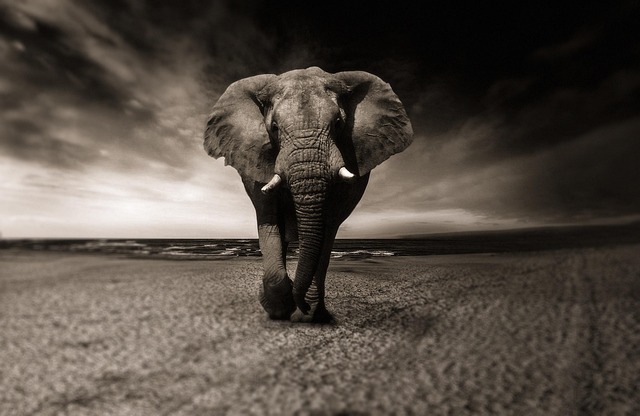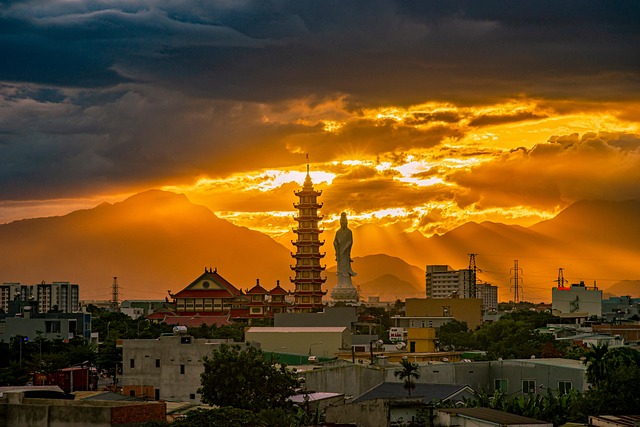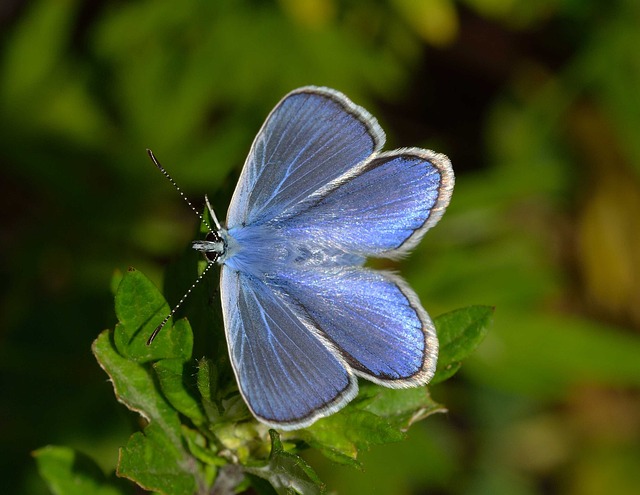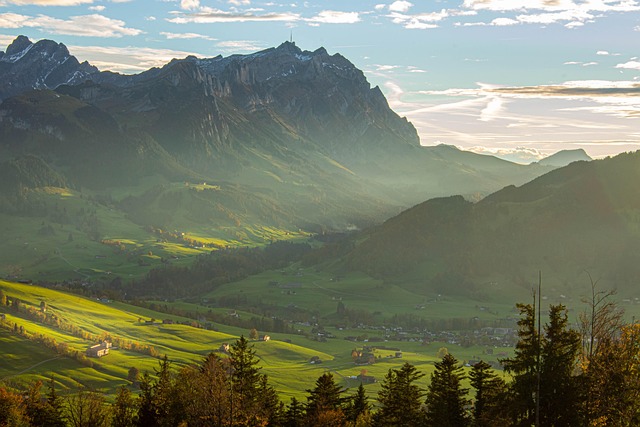Religious holidays are vibrant celebrations filled with tradition, symbolism, and an array of unique practices that reflect the beliefs of various communities. Among the most fascinating aspects of these holidays is the role of animals—creatures that often serve as messengers of the divine, symbols of faith, or even partners in the sacred narrative of our spiritual lives.
Across cultures, animals hold significant places in religious traditions. For instance, within Christianity, the lamb is viewed as a symbol of purity and sacrifice, embodying Jesus Christ’s message of redemption. During Easter, the imagery of a lamb serves as a powerful reminder of the resurrection, bringing hope and renewal to the celebration. Similarly, the dove, often representing peace and the Holy Spirit, can be seen in various religious artworks and rituals, reminding followers of the divine connection found in tranquility and love.
In Hinduism, the cow is revered and celebrated in numerous holidays, including Diwali and Gudi Padwa. The cow’s gentle demeanor and nurturing qualities make it a fitting symbol of motherhood and abundance. During these joyful times, many families honor cows through festive decorations and offerings, acknowledging the animal’s integral role in their spiritual lives and overall well-being.
The symbolism of animals extends beyond just representation; in many traditions, they are also part of rituals. Consider the ancient practice of the sacrificial goat in diverse religious ceremonies, where the act is steeped in significance, often believed to offer spiritual blessings or forgiveness. These practices, while they may seem foreign to modern sensibilities, encapsulate a deep-seated belief in the interconnection between the human and animal realms during sacred times.
In Jewish culture, the celebration of Passover is a prime example of how animals come alive in religious traditions. The Paschal lamb is central to the holiday’s narrative, representing the sacrifice that led to the Israelites’ liberation from slavery in Egypt. Its presence during the Seder meal enriches the collective memory of freedom and divine intervention, reminding participants of the fundamental themes of sacrifice and redemption.
Many indigenous traditions also feature animals prominently in their religious observances. Ceremonies often involve honoring animal spirits or totems, believed to guide and protect participants. These rituals not only strengthen community bonds but also highlight the enduring connection between humans and animals in their spiritual journeys.
As we explore the role of animals in religious holidays, it becomes clear that their significance transcends mere symbolism. They embody the teachings, histories, and values that shape our shared narratives. Animals are not just a part of the festivities; they are woven into the very fabric of our spiritual expressions. Whether through rituals, symbols, or stories, the presence of animals enhances our connection to the divine, infusing our holy days with layers of meaning and reverence.




